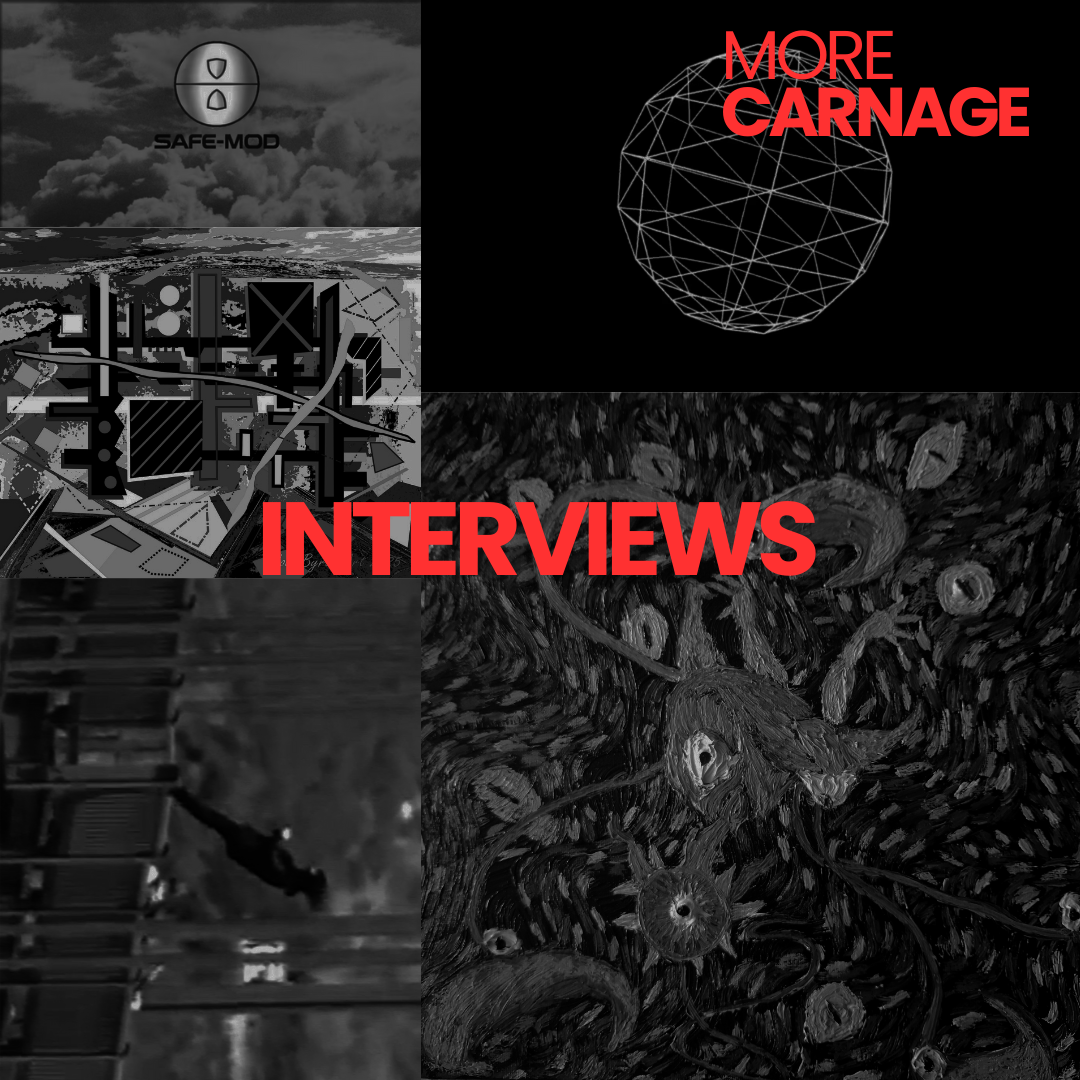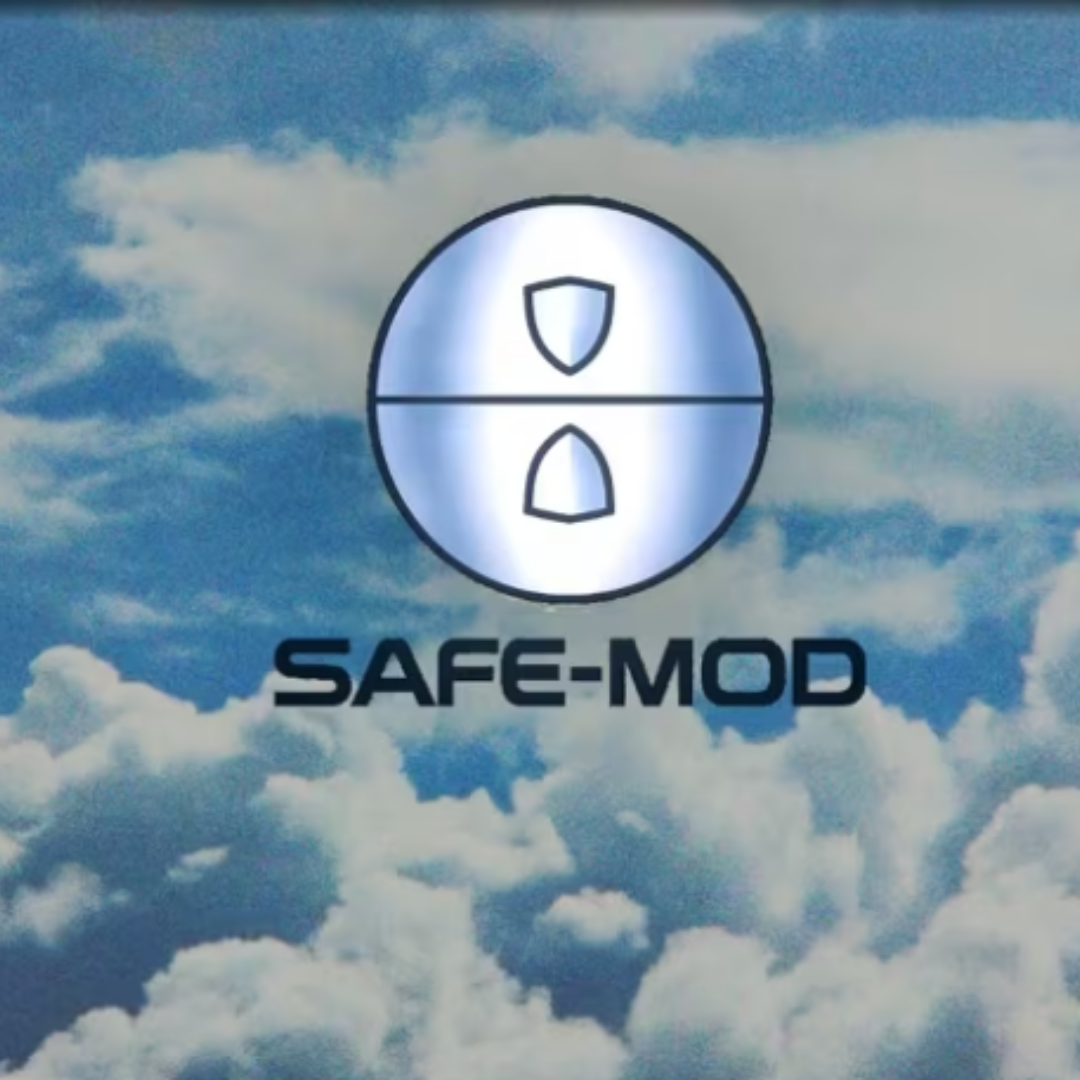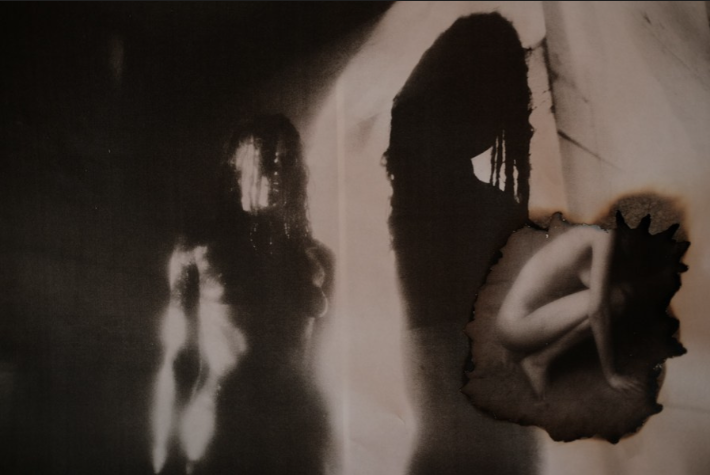WE ASKED THE ARTISTS IN “MORE CARNAGE” WHAT ART OWES TO OFFENSE, FREEDOM AND THE TRUTH
There is a strange coherence that emerges when you speak to 20 artists separately about chaos, ethics and violence, and what it means to make work within a world that wants everything smooth.
For the MORE CARNAGE collection, we asked each selected artist a series of questions about their practise: What inspires them? What do they want their audience to feel? What do they think their art owes to ethics? How do they feel when their work ‘disturbs’? What happens when someone is offended?
Their answers were contradictory, passionate, and unexpectedly united by one thing: a dedication to unrelentless expression at the mercy of all things mentioned above.
WHAT DO YOU WANT PEOPLE TO THINK WHEN THEY SEE YOUR ART?
Across the interviews, one sentiment kept resurfacing:
artists don’t want their audience to “think” anything predetermined—they want them to feel.
For James Mellor, art isn’t a message you decode, it’s “a messy spectrum” that mirrors the contradictions of mental health. He hopes his work lets viewers recognize something of themselves—a moment of discomfort, sadness, or hope. If they leave feeling “less alone,” the work has succeeded.
Mike Petrakis speaks to the same impulse but sharper. He wants his images to slow people down, to interrupt the automatic acceptance of what feels familiar. His work lives in the gap between recognition and unease, pairing words and images so the viewer is forced into a dialogue with themselves. That unease is the point—it’s the beginning of awareness.
Then there is Betül Sertkaya, who rejects the cultural obsession with polished “healing” altogether. For her, art operates in the limit—“the moment right before transformation,” where chaos and discomfort reveal what’s real. Her work asks the viewer to confront the sterile illusions we buy in the name of safety. She doesn’t want to offend, but she does want to disturb—because disturbance is honest, and honesty is rarely pretty.
Despite their different methods and mediums, all three speak to the same truth:
art doesn’t owe us clarity or comfort. It owes us the friction that wakes us up.
DOES AN ARTIST’S DESIRE FOR UNFILTERED EXPRESSION EXCUSE THEM FROM THE POSSIBILITY OF CAUSING OFFENCE OR MISUNDERSTANDING?
If the first question revealed how deeply these artists value emotional truth, the second exposed something more conflicted: none of them create to offend, yet all of them accept that honesty comes with consequences. Freedom of speech and expression but not freedom of consequences.
For some, misunderstanding isn’t a problem at all—it’s the point.
Zheyan Li arguea that misinterpretation is where art actually lives. They reject the idea of “explaining” work into a single meaning. Misunderstanding, they say, is a creative act: the viewer entering the silence of an artwork with their own memories. Offense, on the other hand, is a social ripple. “If the reflection offends,” they ask, “is it the mirror’s fault?” In their view, unfiltered expression isn’t an excuse—it’s simply the price of refusing to lie.
Others echo that conviction with different emphasis.
Micky Jensen insists that true expression “should never apologize for its existence.” He doesn’t avoid provocation, but neither does he seek it; for him, art is a practice of honesty rooted in memory, craft and beauty. To alter that expression for someone else’s comfort would be to break the work itself. Offense may happen, but it is never the motivation—and never the limit.
But not every artist speaks from the same freedom.
Olga Zhdanova describes a constant negotiation between personal truth and social reality. She admits that certain themes—bodies, boundaries, vulnerability, power—carry weight that can genuinely harm or trigger. She is aware of the legal and cultural restrictions in her environment. Restraint, for her, isn’t censorship but context: choosing expression with an understanding of the world it enters.
Across their differences, a shared thread emerges:
unfiltered expression is not a license—it is a tension. A risk some embrace fully, others navigate carefully, and all believe is inseparable from making honest work.
DO ARTISTS TODAY HAVE MORE FREEDOM—OR LESS—UNDER TECHNOLOGY, ALGORITHMIC FILTERS AND PUBLIC SCRUTINY?
The artists of MORE CARNAGE were surprisingly unified on one point: freedom has expanded and contracted at the same time.
For some, technology is undeniably liberating.
Several artists describe a sense of empowerment unimaginable a decade ago. Tajinder Dhami speaks of the “domestication of technology”—the way tools once locked in institutions or tech labs now sit on a laptop, a phone, a train table. Anyone can experiment, render, draft, sculpt digitally. The studio has become portable; the barrier to creation has collapsed.
But the collapse of one barrier has revealed another.
Algorithms, platform policies, and content moderation—especially around violence, bodies, and ambiguity—shape the visibility of work even before an audience sees it. Nessuno, whose practice depends on carefully stylized, non-gory depictions of “rottenness,” describes fighting against automated filters that block prompts not because they violate rules, but because models cannot distinguish nuance. The tools offer power, but the systems and people behind them limit their creative potential.
And then there is the question of attention.
Charles Eades acknowledges that platforms have made it easier than ever to share art, but far harder to be found. The abundance of content means audiences move within self-reinforcing niches—the algorithm gives them more of what they already know, and less of what might change them. Freedom to publish now competes with the difficulty of reaching the right viewer at all.
Taken together, their answers describe a new landscape:
artists have more tools than ever, but fewer guarantees their work will survive automated thresholds, platform rules, or the shrinking attention pathways that determine who sees what.
What results is a paradoxical freedom—radical access paired with invisible constraints, unprecedented possibility shadowed by new forms of gatekeeping.






